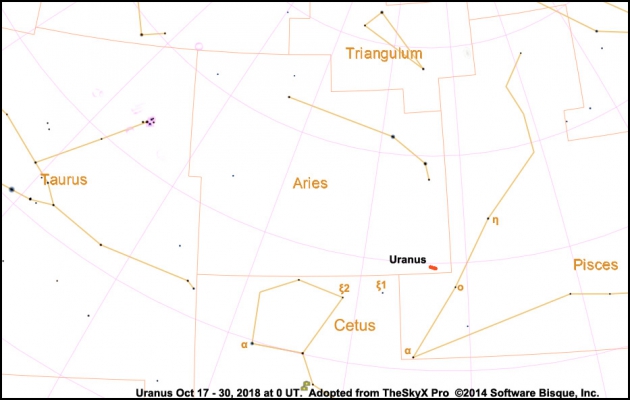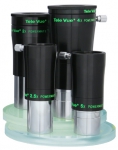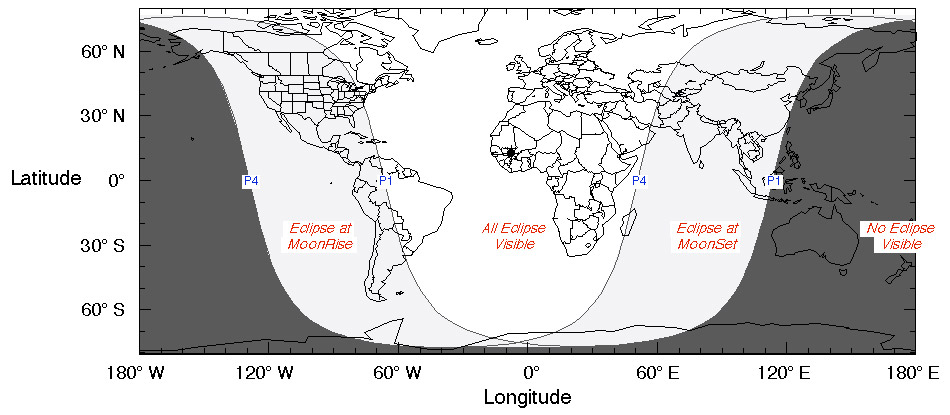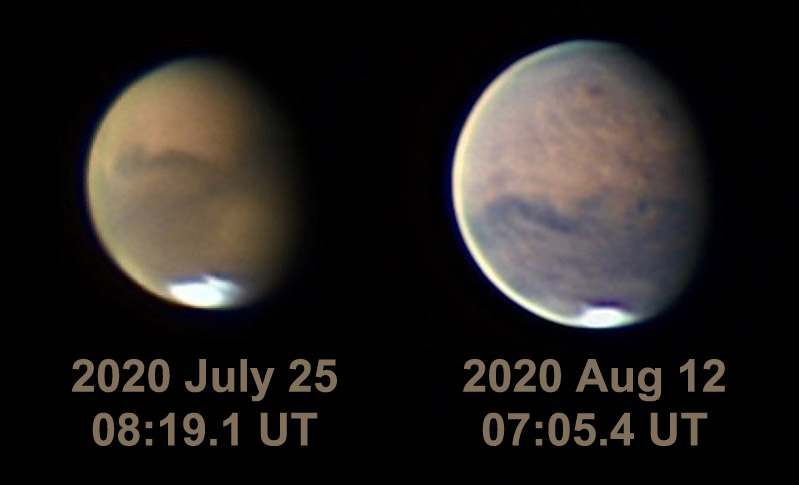Uranus Opposition October 23rd

On the 23rd, the “ice giant” Uranus will be visible all night, as it rises when the sun sets (hence it is opposite the sun). It will also be at its largest for the year: a diminutive 3.73″ of arc. Due to its distance and close-to-circular orbit, Uranus doesn’t vary that much in brightness over time. It will reach magnitude 5.7 from mid-October through early November before slightly fading to magnitude 5.9 in late March 2019. This makes it a naked-eye target in dark skies and easy to locate in a binocular or finderscope.



We do know for sure that the first Astronomer Royal, John Flamsteed, recorded the planet in 1690 as a star in Taurus. Over half a century later, French astronomer Pierre Charles Le Monnier recorded the position of the planet numerous times between the years 1750 and 1771 using a transit instrument. Eight of these recordings were done in a four-week period in early-Winter 1768/1769. Generations of astronomers derided him as “sloppy Pierre” for missing out on the discovery. But modern analysis of Uranus’ orbit showed its motion was nearly stationery as seen from Earth over that four-week period. So let’s give him a pass on that one.


William Herschel’s 1781 telescopic observations of Uranus on March 13th and 17th led him to confidently present the discovery to the Royal Society as a “comet” due to the shift in position between dates. It was further observations and orbital computations by other astronomers that uncovered its true nature as a planet —something Herschel only acknowledged in 1783. As the first person to discover a new planet, he was granted a yearly royal stipend for the rest of his life.


Uranus will be 3.73″ in diameter around opposition. You’ll need to put some magnification on the target to confirm its planetary nature.
Good views of the planet can be had with our Tele Vue Nagler 3-6mm Planetary Zoom (mobile site). Al Nagler designed this as a superior “planetary” eyepiece that gives the observer the highest possible useful magnification on a given night. There were other aspects of equal importance and only the combination of all would satisfy our ethos in creating a “planetary” eyepiece: full field sharpness for any speed telescope, high contrast and transmission for natural color rendition, low scatter, and comfortable eye-relief.

To increase the power of your favorite eyepiece, or for serious planetary imaging though your scope, consider our Powermate™ amplifiers (mobile site). They increase the focal length of your scope with reduced aberrations, greater magnification potential, and compact size compared to typical Barlow lenses. Powermate T-Ring Adapters fit on the Powermate lens assemblies to allow attachment of your camera’s T-Ring or other T-threaded imaging accessory
- Nagler 3-6 Zoom Planetary Eyepiece (mobile site)
- Powermate™ photo/visual amplifiers (mobile site)





